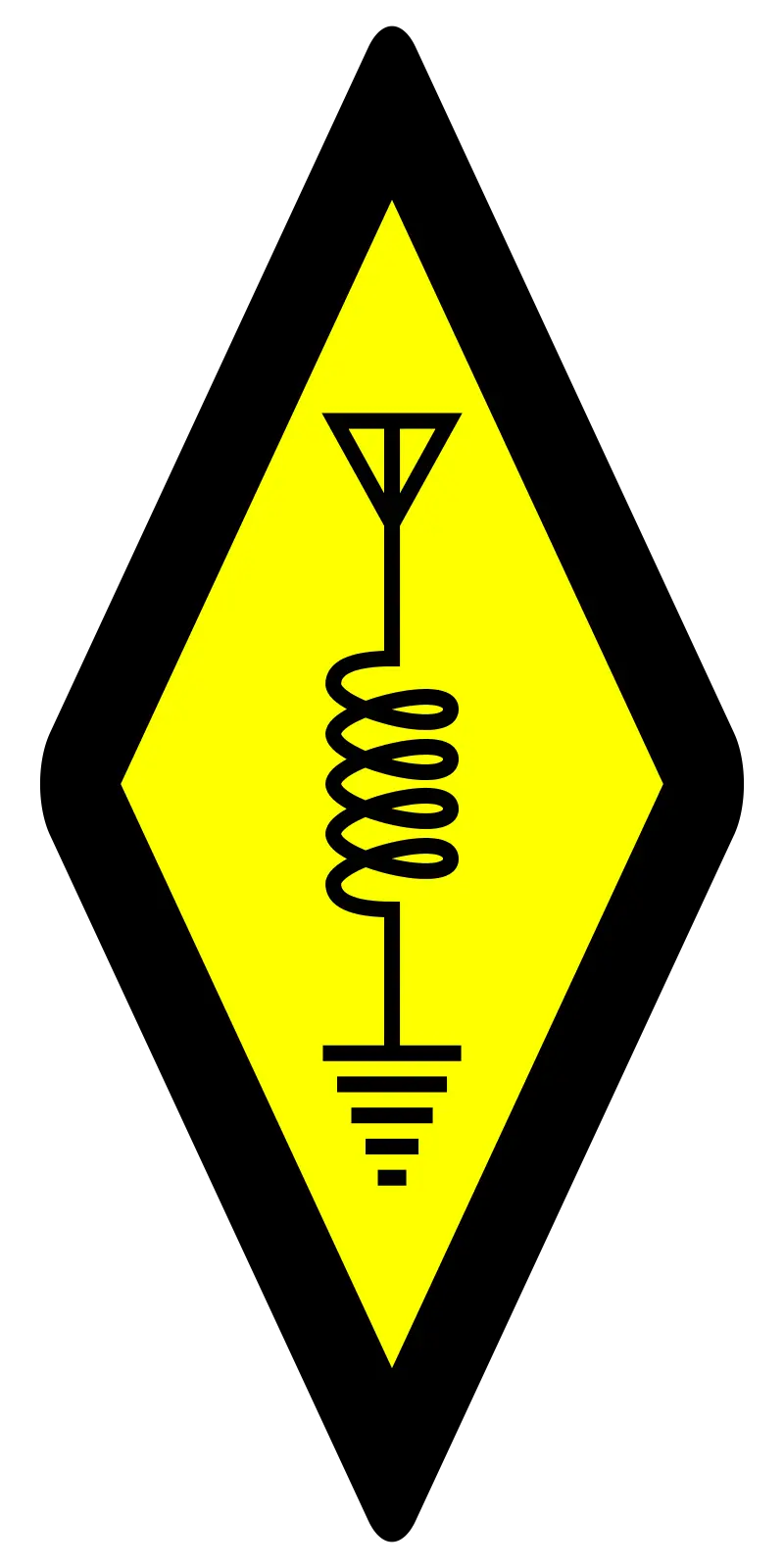My guess
The left sort of looks like the outside of the cable so I think that’s ground.
A dipole doesn’t have a ground plane like some other antennas. A dipole is a balanced antenna and both sides work off of each other equally.
With that said, this one is probably used for receiving and if one end is connected to the electrical ground (different thing from antenna ground plane) then it’s going to be the left side with the uninsulated wire most likely.
^^THIS^^
A 1/4 wave monopole above 1/4 wave radials is also a balanced antenna. unless the coax is carrying common mode currents, the antenna is balanced.
Neither side is ground. Due to electromagnetic field behavior, coax carries equal and opposite AC currents on the inner conductor and the inside surface of the shield; those equal and opposite currents drive the two dipole elements.
RF doesn’t penetrate shielded boxes and coax shields - so the outer surface and inner surface of the coax shield are seen as two different conductors at RF. In the pictured dipole, RF can flow out of the coax and back down the outside (and around the outside of the shielded receiver it’s connected to) because the open end of the coax “connects” them. So the coax shield is very much energized with (and receiving) RF; generally a ferrite bead choke is used to mitigate the unwanted shield currents.
With RF, “ground” doesn’t mean very much. There always has to be a circuit for current to flow; tying some point of the circuit to the chassis or to the power supply negative does not “zero it out” at all.
Let me rephrase (your answer may be the same). I know with some antennas there is a “ground plane” type of element that should be on the bottom. For a vertical dipole is this not the case?
You do seem to be right. It should not matter in theory, but it may be better for the one connected to the center (right on this image) to be up.
For vertical polarization, in theory it does not matter which way around you orient the antenna as long as it’s vertical. However in practice, you may get slightly better results by having the element connected to the center coax conductor pointing UP.
Source: https://www.rtl-sdr.com/using-our-new-dipole-antenna-kit/
Weird that they don’t elaborate. I flipped it last night and it seemed marginally better this way, so maybe there is some truth to it. Take this with a truck load of salt as it wasn’t any sort of controlled experiment at all.
in your antenna, the outside of the coax makes up part of the radiating structure. The orientation of the elements in relationship to that coax will definitely change the radiation pattern, maybe for the better maybe for the worse.
putting ferrites around the coax right below the antenna feed point will make the antenna more symmetrical as it blocks RF currents traveling back down the outside of the shield.
It has a choke on it, it’s a little blurry but you can see it. Should it be moved closer? I saw a comment on rtl-sdr’s blog suggesting it.
It does not matter. (It does not matter in a “ground plane” antenna either, the radials have nothing to do with the earth other than being easier to mount with the coax heading downward; in fact, radials should not be touching or buried in the earth as they are RF radiators and RF faces high losses in soil)
Looks like the left is the shielding on the cable so probably ground.
The side with the ground wire (shield), so left side on the photo.





